Who designs packaging for products?
Effective packaging design requires collaboration between designers, marketers, and product developers to create packaging that not only meets these requirements but also enhances the product’s appeal and brand recognition.
Graphic designers are often the driving force behind packaging design. Their expertise in visual communication, typography, and color theory is essential for creating eye-catching designs. They bring a brand’s story and values to life through compelling visuals.
Industrial designers play a pivotal role too. They focus on the structural and functional aspects of packaging, ensuring it’s not just aesthetically pleasing but also practical for protecting and displaying the product.
Marketers and brand strategists provide valuable insights into the target audience and market trends, guiding design decisions to resonate with consumers.
In some cases, specialized package designers may work exclusively on creating packaging solutions. These experts combine graphic design skills with a deep understanding of materials, printing techniques, and regulations specific to the industry.
Ultimately, it’s a collaborative effort that brings packaging to life, and the key is finding that perfect balance between aesthetics, functionality, and brand representation. So, next time you pick up a beautifully designed product, know that a team of creative professionals has worked their magic to make it look so appealing.
Packaging design requirements encompass a comprehensive set of guidelines and specifications crucial for creating effective and appealing packaging. Whether you’re designing for a product, food item, or any other consumer goods, here are the key elements typically included in packaging design requirements:
1. Product Information: Clear and accurate details about the product, including its name, description, usage instructions, and any regulatory information, must be prominently displayed.
2. Brand Identity: Packaging should reflect the brand’s visual identity, including logos, color palettes, typography, and design elements, ensuring consistency across all products.
3. Size and Dimensions: Precise measurements and dimensions are essential to ensure that the packaging accommodates the product securely and fits within logistical constraints.
4. Materials: Specify the type of materials to be used, such as cardboard, plastic, glass, or eco-friendly options, taking into account sustainability, durability, and cost considerations.
5. Printing and Labeling: Detail printing methods, colors, and finishes. Specify label placement, barcodes, and any other essential information to be incorporated into the design.
6. Regulatory Compliance: Ensure that the packaging adheres to relevant industry and legal regulations, especially in sectors like food, pharmaceuticals, and cosmetics, which have strict labeling requirements.
7. Visual Aesthetics: Describe the desired look and feel of the packaging, including design elements, imagery, and themes that align with the product and brand.
8. Functionality: Consider how the packaging will function in terms of ease of use, resealability, and any special features required for product handling and storage.
9. Cost Constraints: Set budget limitations to ensure that the design remains economically viable.
10. Target Audience: Define the target demographic and preferences to tailor the design to resonate with the intended consumers.
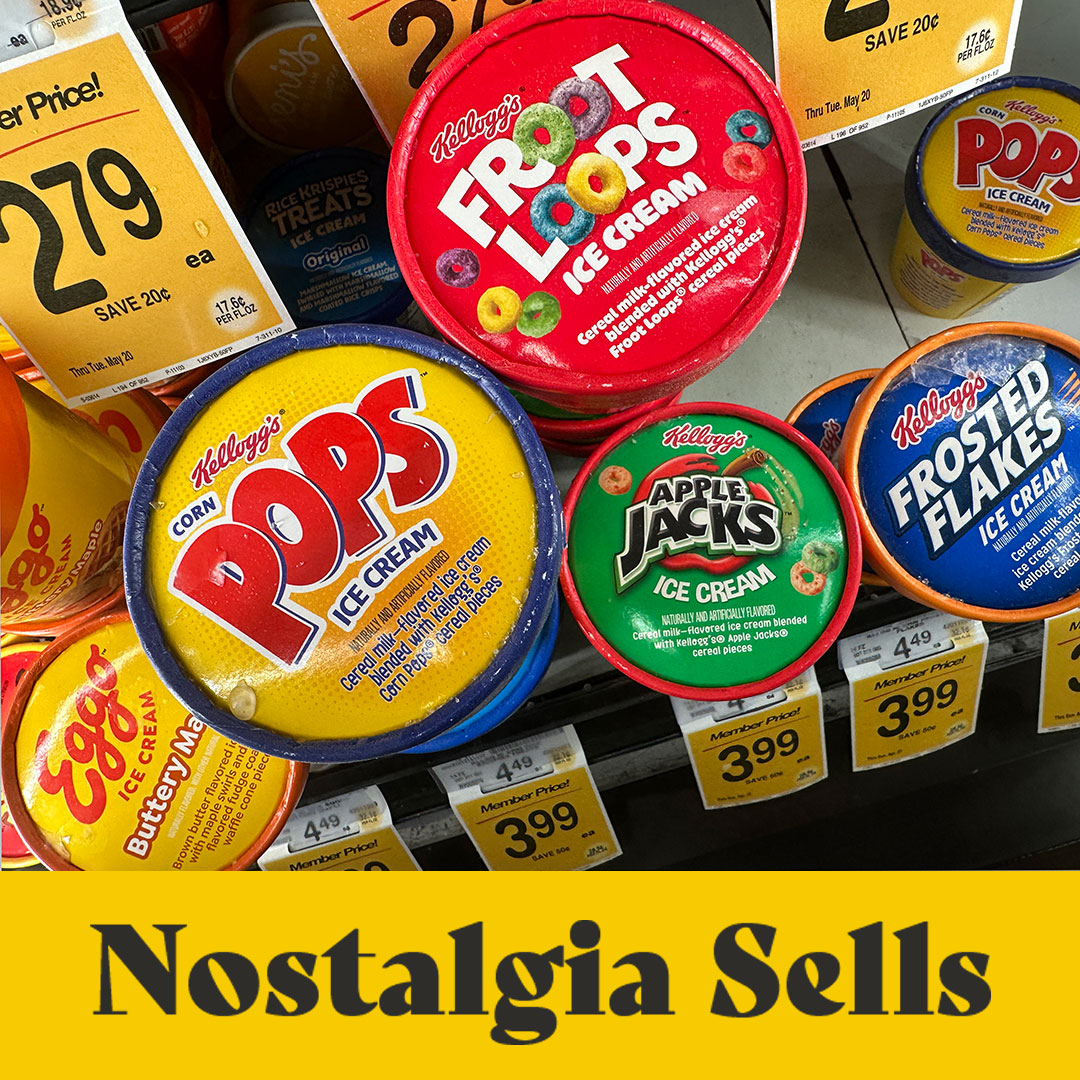

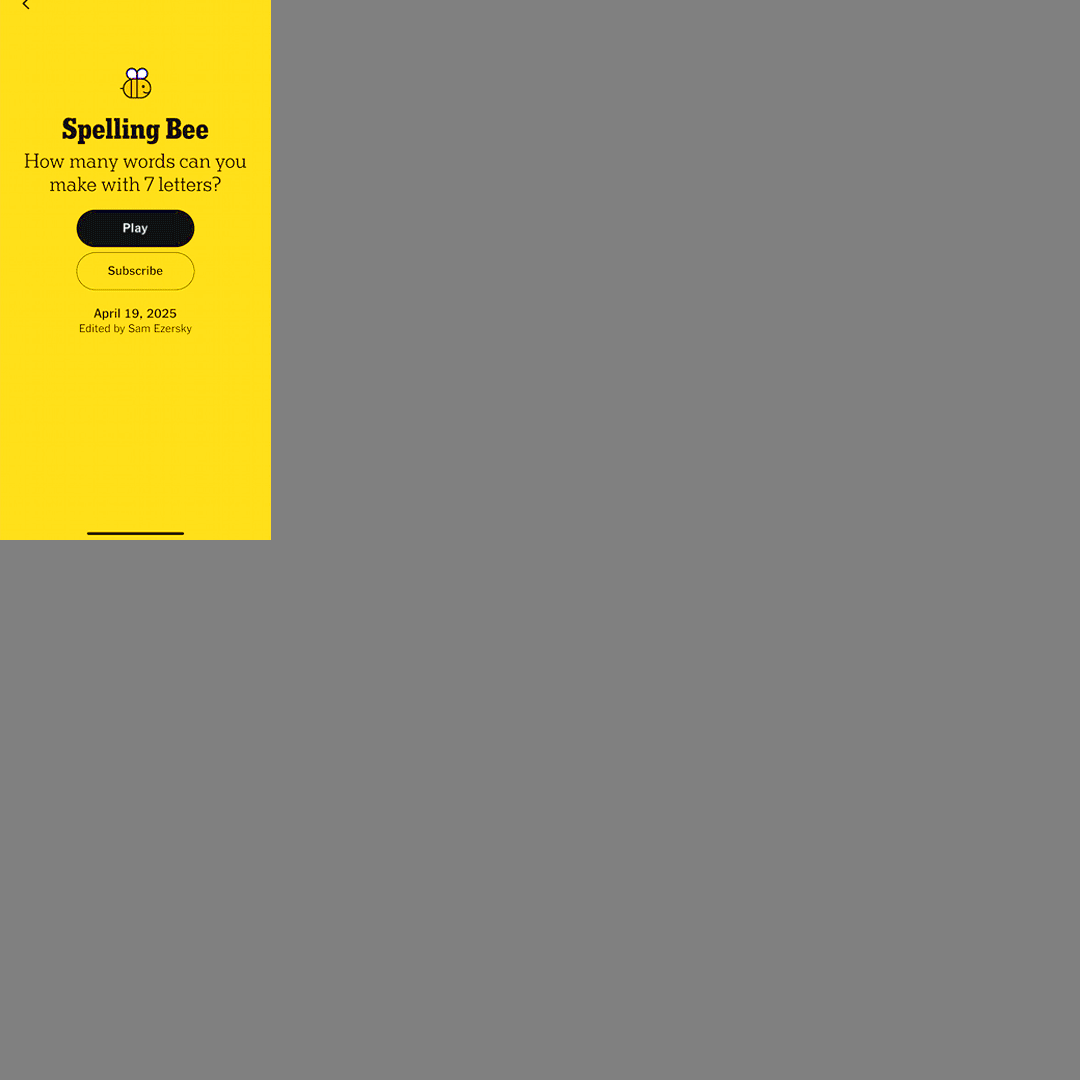
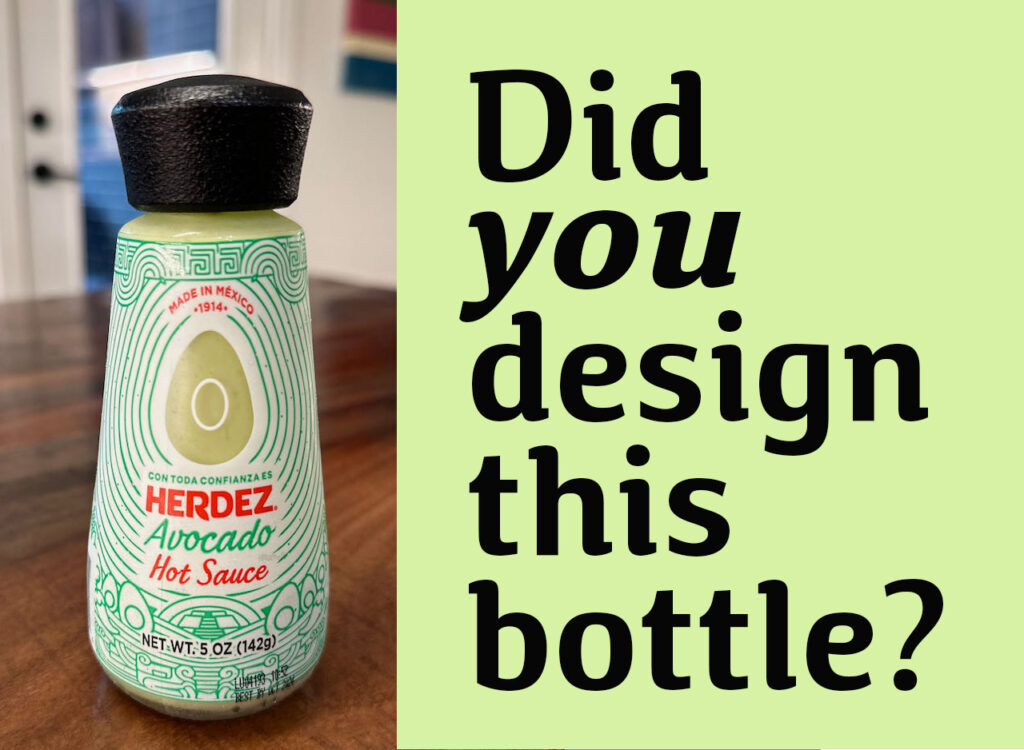
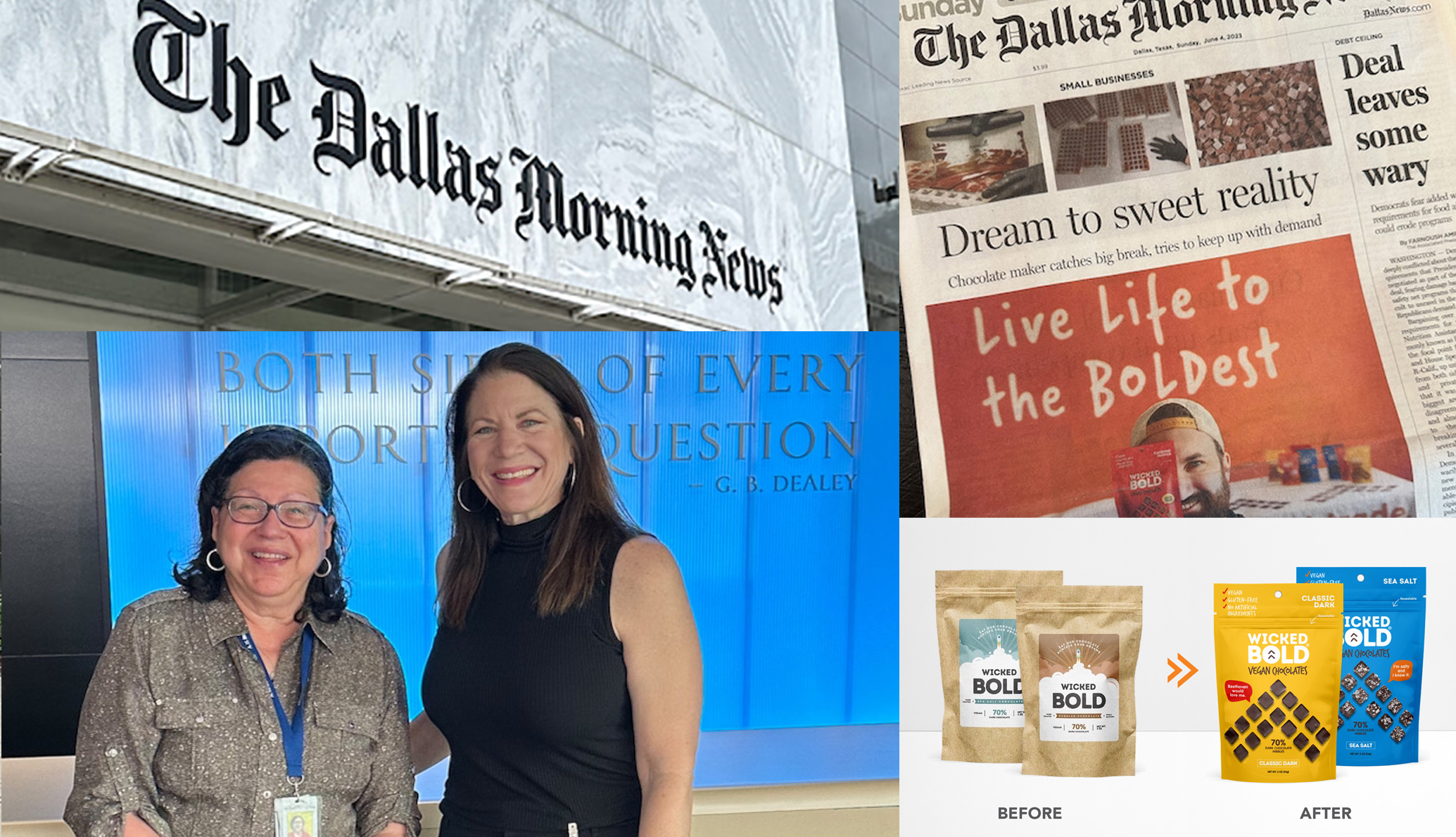
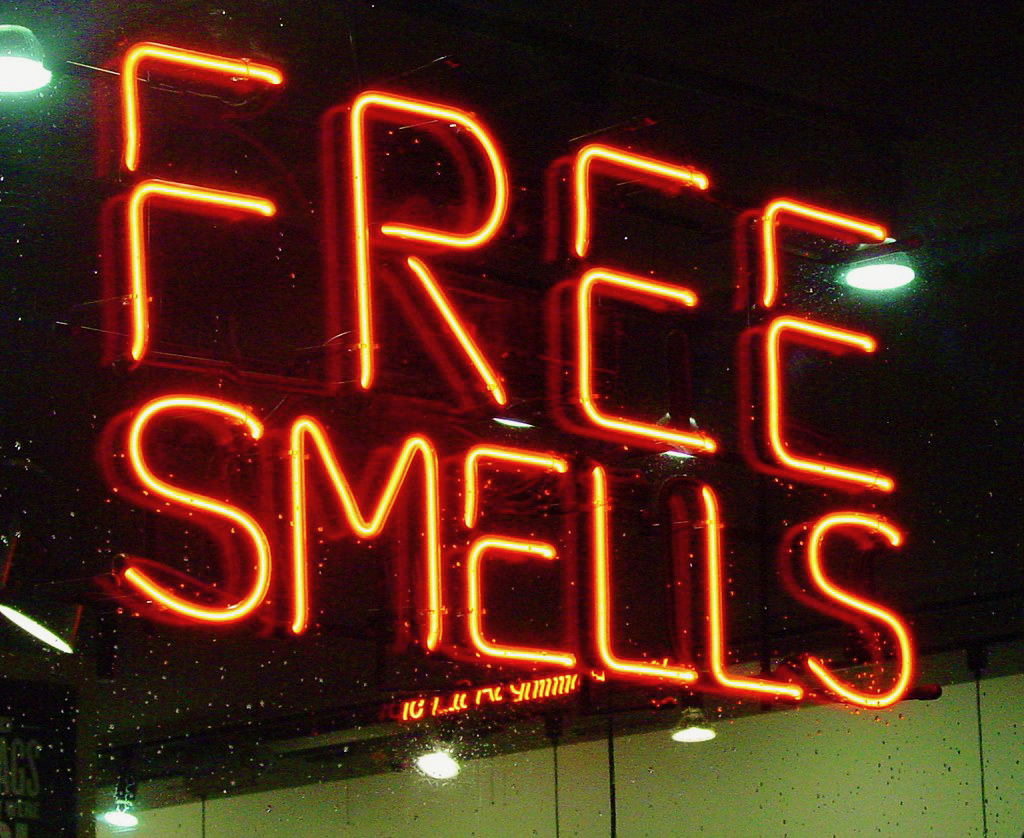
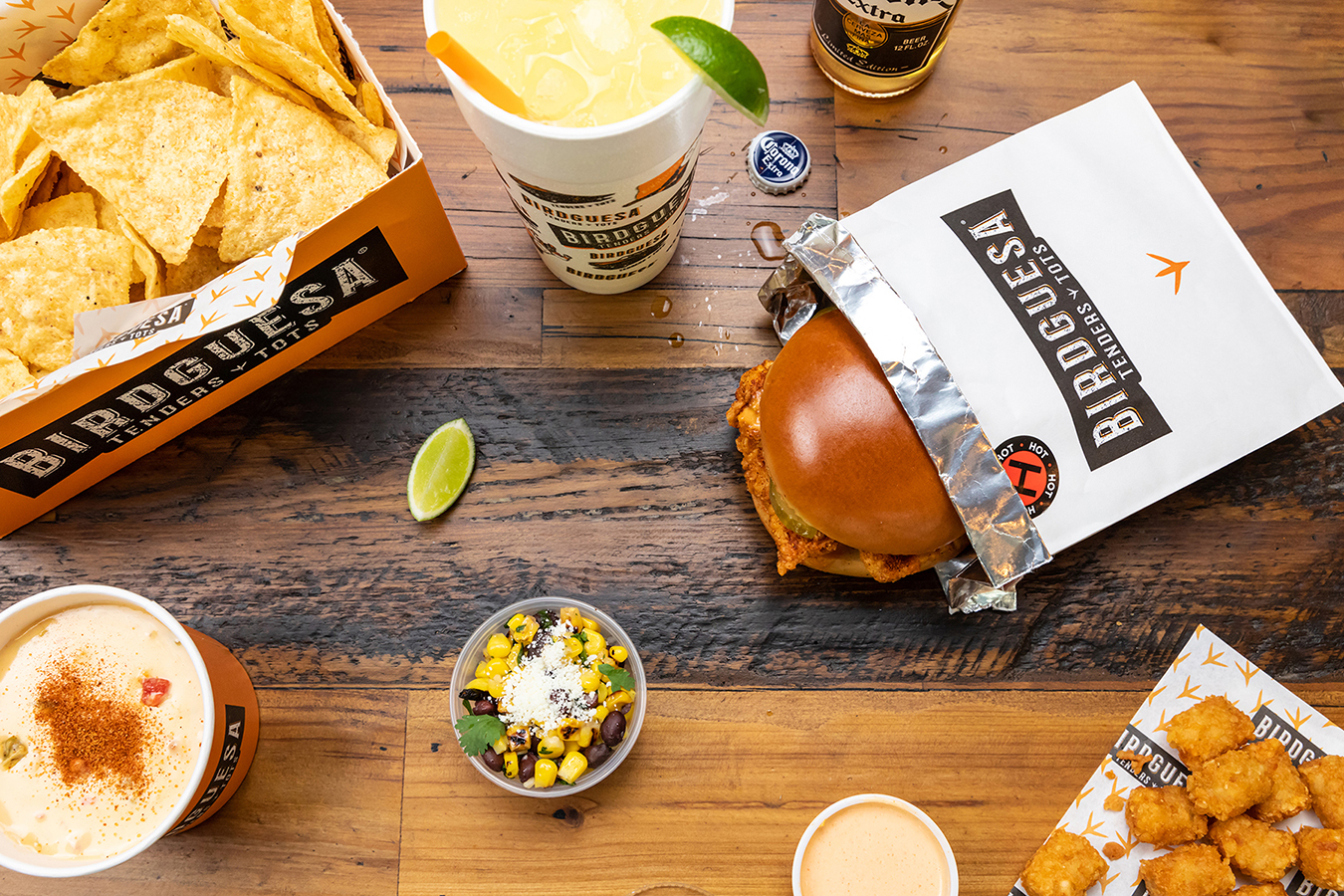
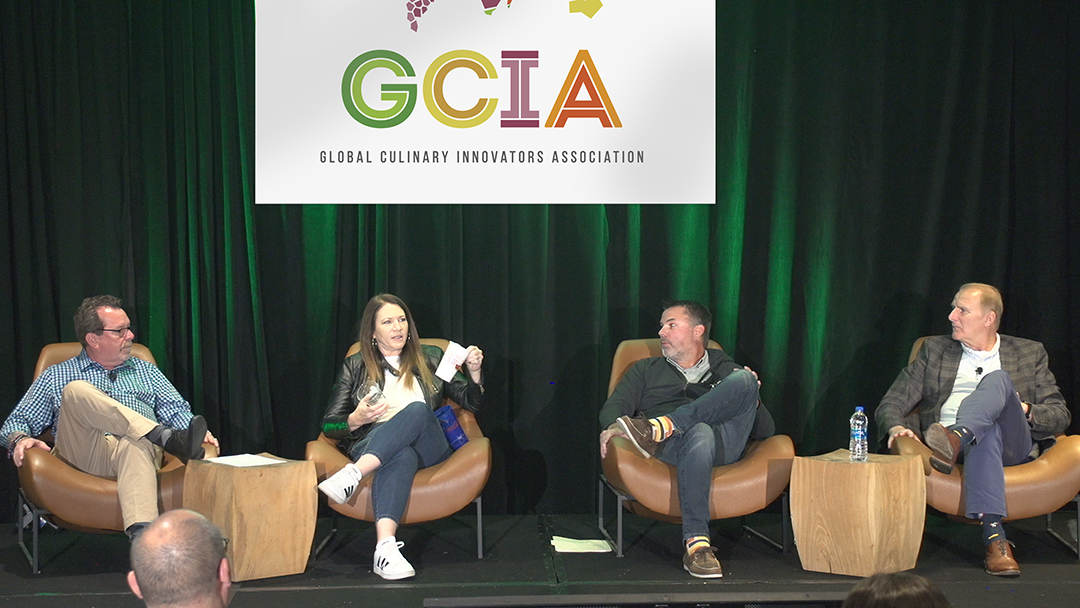
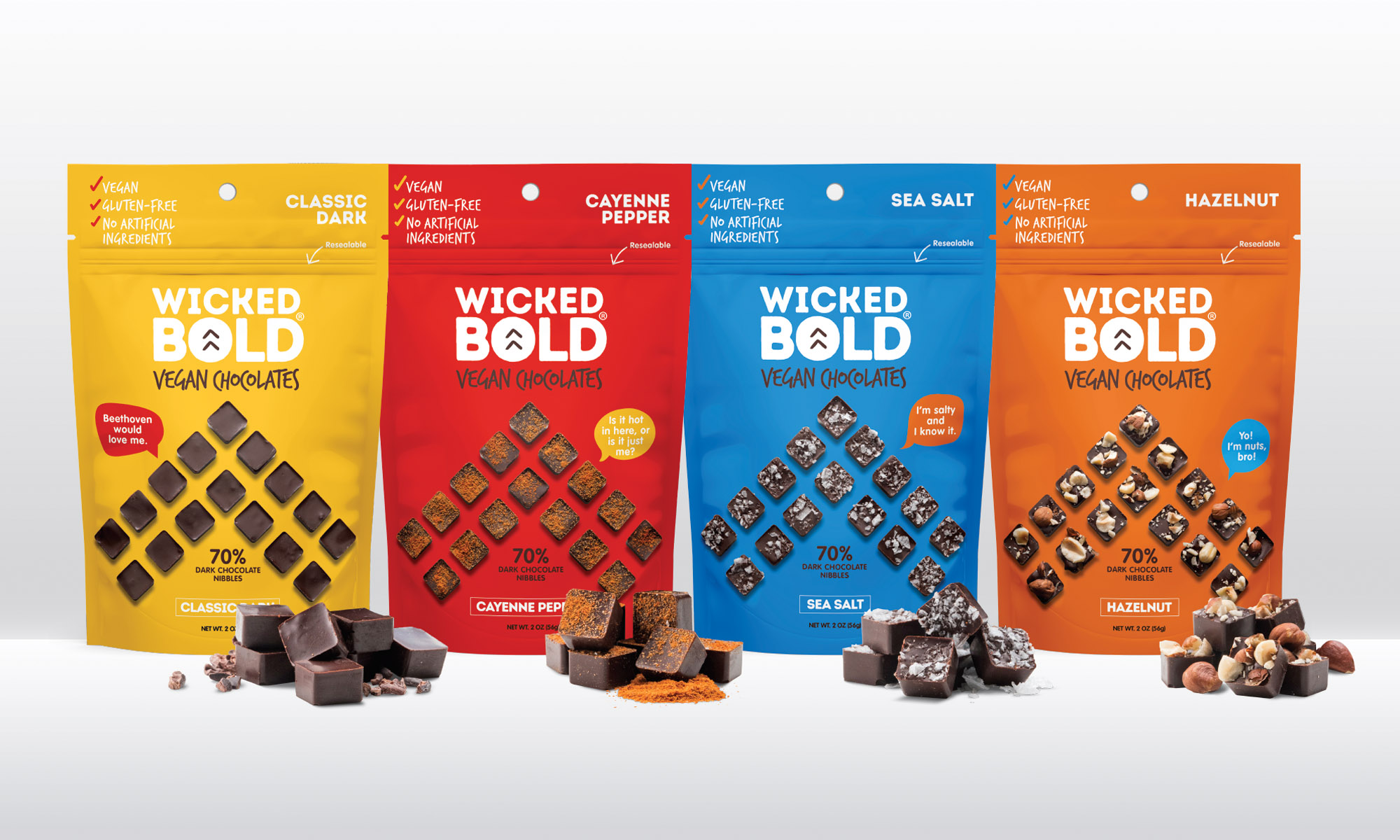
Recent Comments